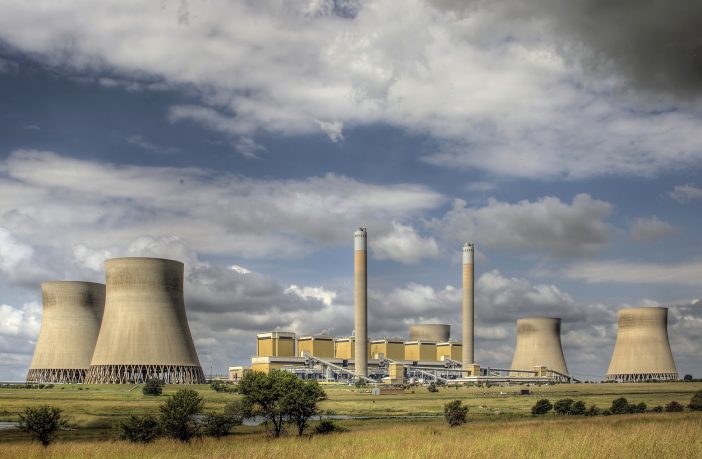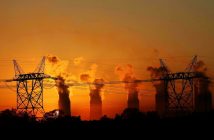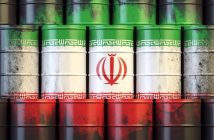- A report by Antony Sguazzin from international news agency Bloomberg confirms Eskom’s pollution reduction equipment at its biggest operational plant hasn’t been working properly since early last year.
- The equipment, which cuts particulate emissions at the 4.1GW coal-fired Kendal power station in Mpumalanga, began malfunctioning in early 2018.
- It was then damaged during a strike in July and August of that year.
Last year Eskom released a staggering 205 Megatons of carbon emissions into the atmosphere. The area around Witbank in Mpumalanga, where Eskom has a high concentration of coal-fired power stations, boast the highest density of carbon emissions in the world and the worlds dirtiest air.
Apart from the obvious dangers of carbon emissions, one also needs to consider the associated health and environmental costs plus the costs to local communities in the form of reduced tourism and property values.
If the politicians and labour union leaders were truly honest with themselves, they would acknowledge that a coal-fired country is not in the best interest of the people and certainly not sustainable. The noose is closing in. The World Bank, along with local and global commercial banks simply will not finance any coal related projects. Read Coal Projects, The Smart Money is Jumping Ship
“Kendal power station is currently operating with very high particulate emissions,” Eskom said in an e-mailed response to questions. “The high emissions began at the beginning of last year.”
The delays in ensuring that Kendal complies with pollution standards are “unacceptable”, said Robyn Hugo, programme head for pollution and climate change at the Cape Town-based Centre for Environmental Rights, a legal organisation that represents environmental activists.
“For far too long, Eskom has run rough-shod over the rights of people affected by its pollution — our constitution demands that Eskom operate in compliance with the law,” she said.
While Eskom said it initially began addressing operational issues to cut the dust emission, a strike meant that it had to operate for a time without using its so-called fly-ash removal systems. “This resulted in significant damage to the dust-handling plant and electrostatic precipitators,” Eskom said.
Fly ash is produced from burning powdered coal. Electrostatic producers collect particles on charged plates using an electrostatic charge.
Kendal operates six 686MW units and “the damage on units five and six is significant”, Eskom said. Short maintenance outages have allowed some repairs and a long outage scheduled for later this year will allow some repairs to unit five at a cost of more than R50-million.
Related news: Pollution Coming From Every Power Plant in the World Will Soon Be Mapped. A new initiative by non-profits WattTime, the Carbon Tracker Initiative and the World Resources Institute (WRI) will use artificial intelligence and satellite technology to quantify the emissions from every large power plant around the world. Read more
Source: Antony Sguazzin, Bloomberg
GBA News Desk











